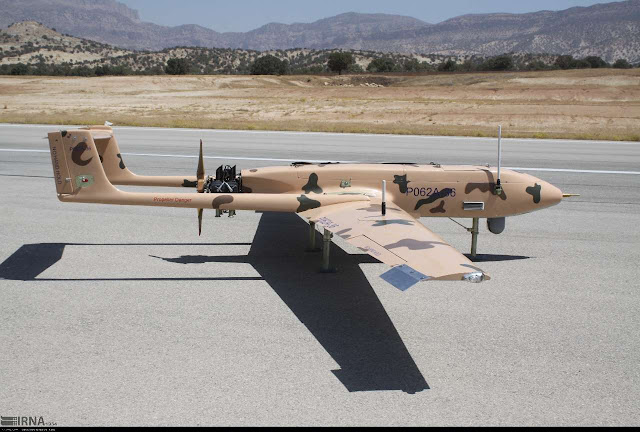Khatam al-Anbiya Air Defense Headquarters (PADAJA)

Overview : The Khatam al-Anbiya Headquarters is the branch of the regular Armed Forces (Artesh) responsible for providing strategic and operational-level air defense over the country, as well as much of the tactical air defense for other branches. [1] For brevity's sake, the HQ is hereafter referred to by its infrequently-used Persian acronym, PADAJA ("پدجا "). It is more commonly referred to, especially in English-language media, by the acronym for the Islamic Republic of Iran Air Defense Force (IRIADF). The headquarters was first formed in 1992 to coordinate the respective air defense efforts of the Artesh and IRGC. In August 2008 the HQ was promoted to its current status as an independent branch and given full command over the relevant units and their equipment, including the Artesh Air Force's radars, SAMs, and AAA. [2] Today, the PADAJA is organized geographically. Operational control at the national-level is provided by a hardened air defense operations





